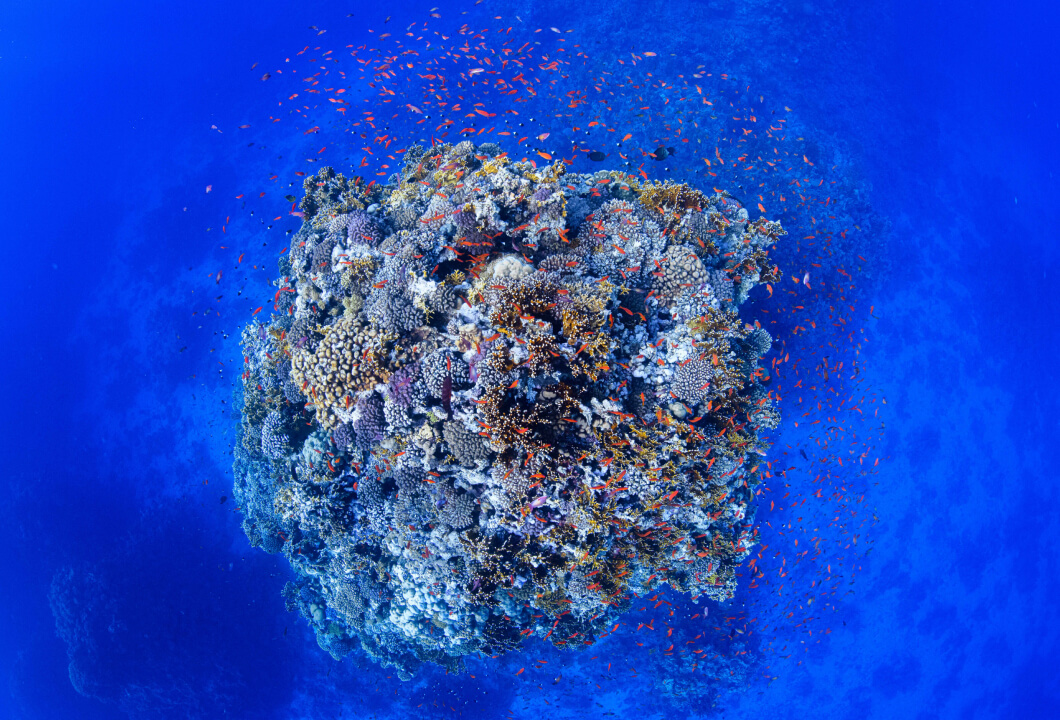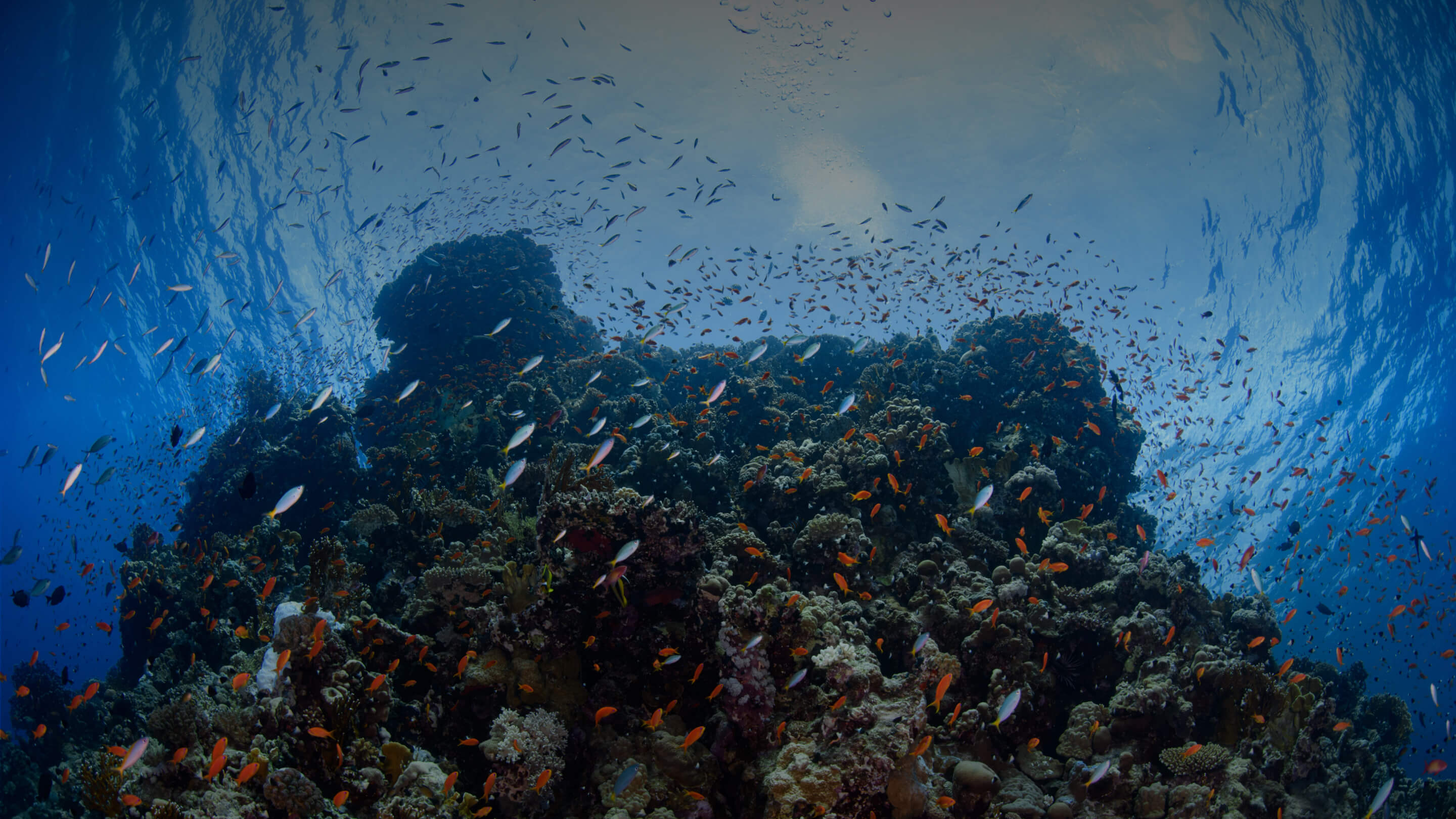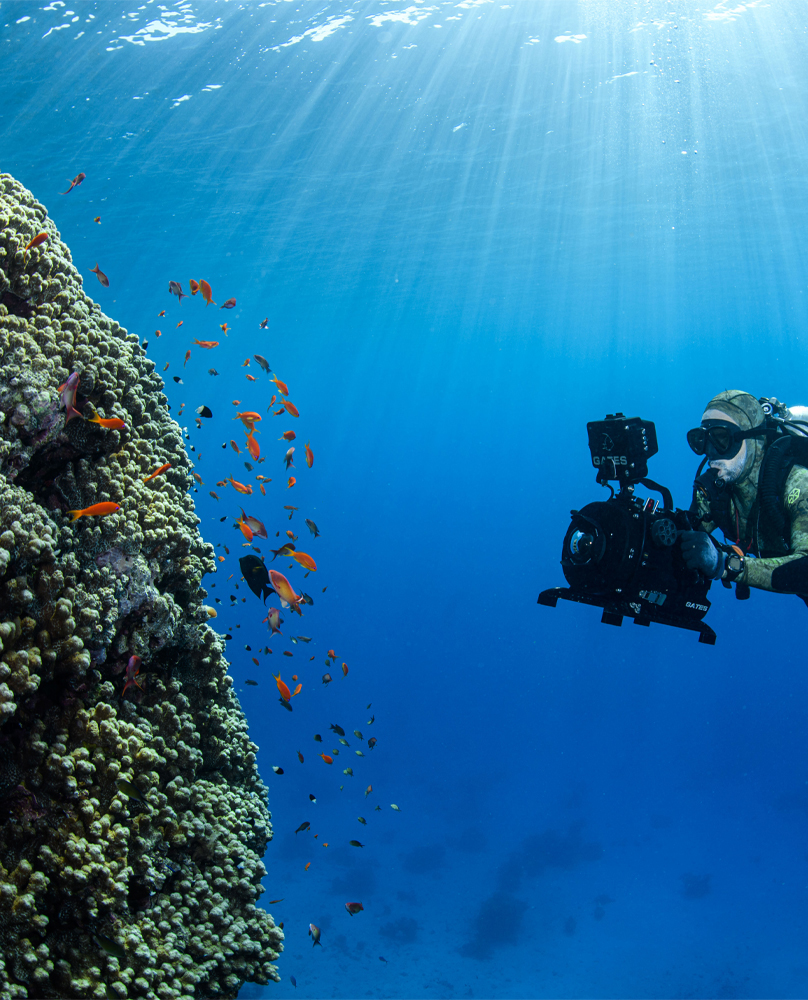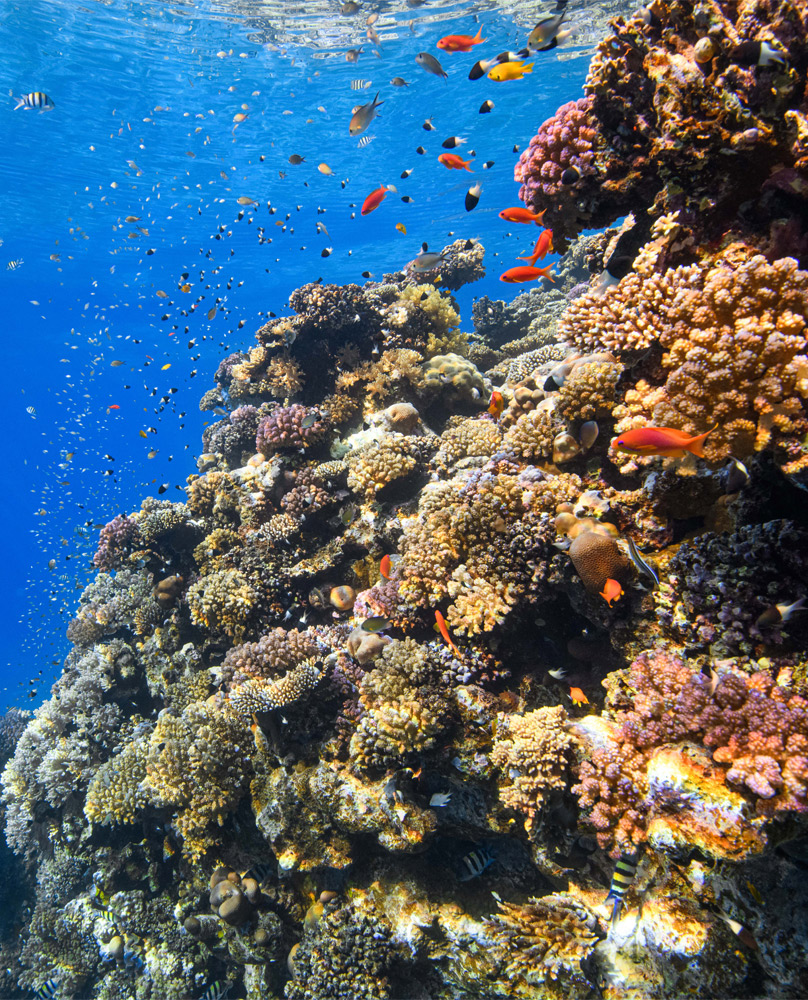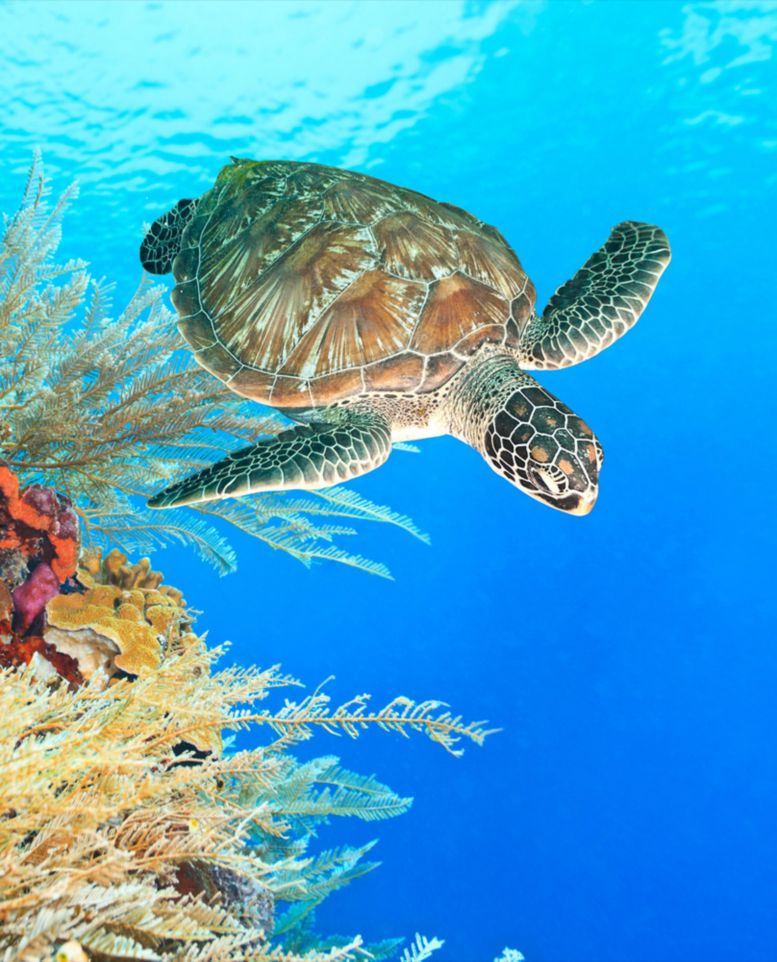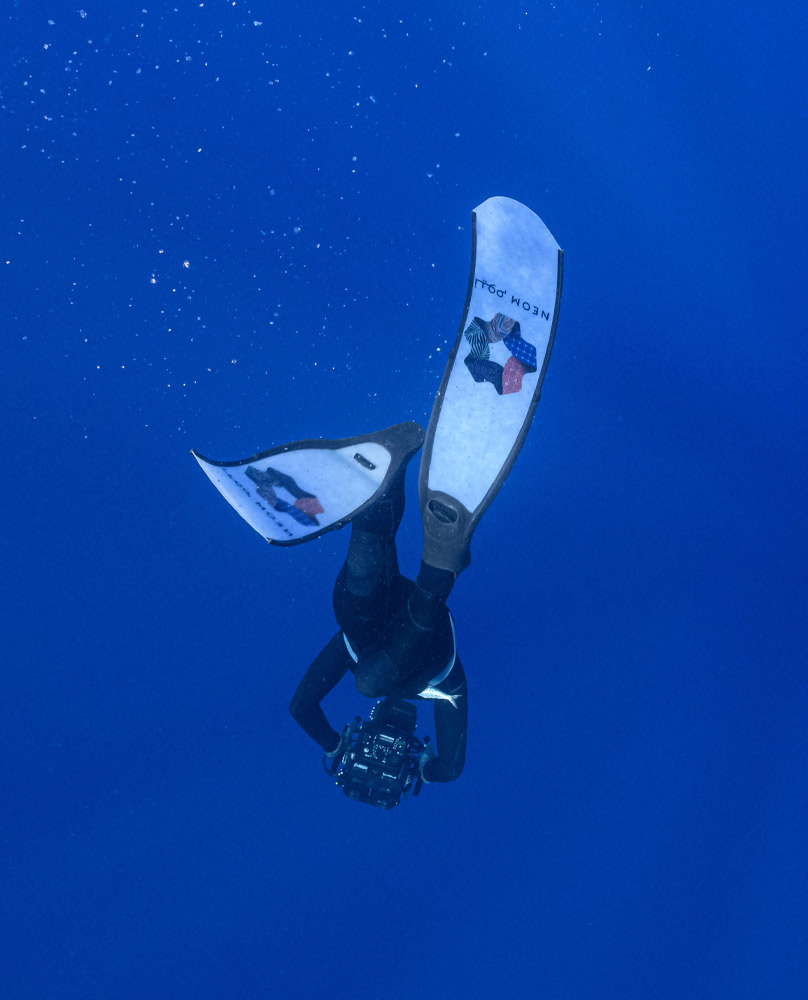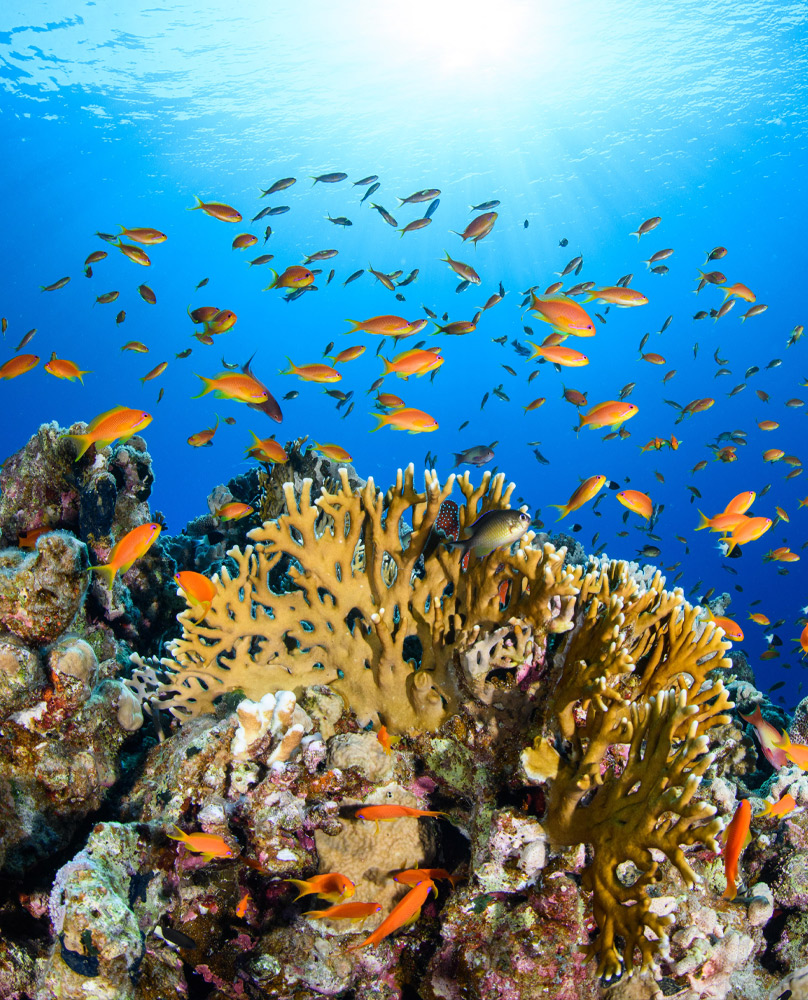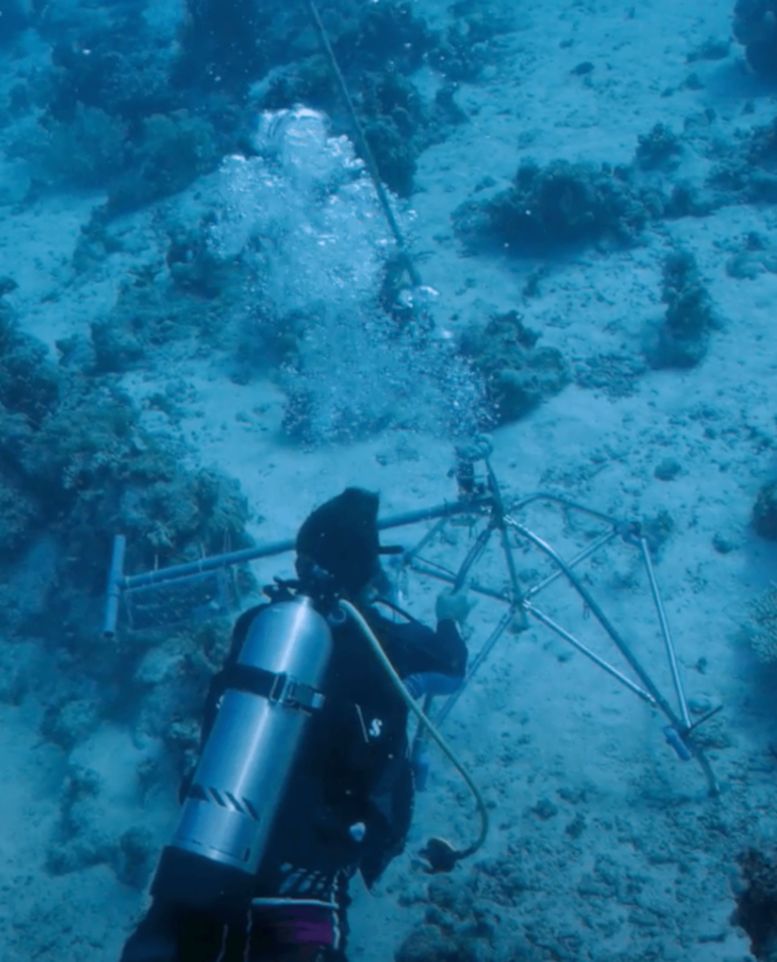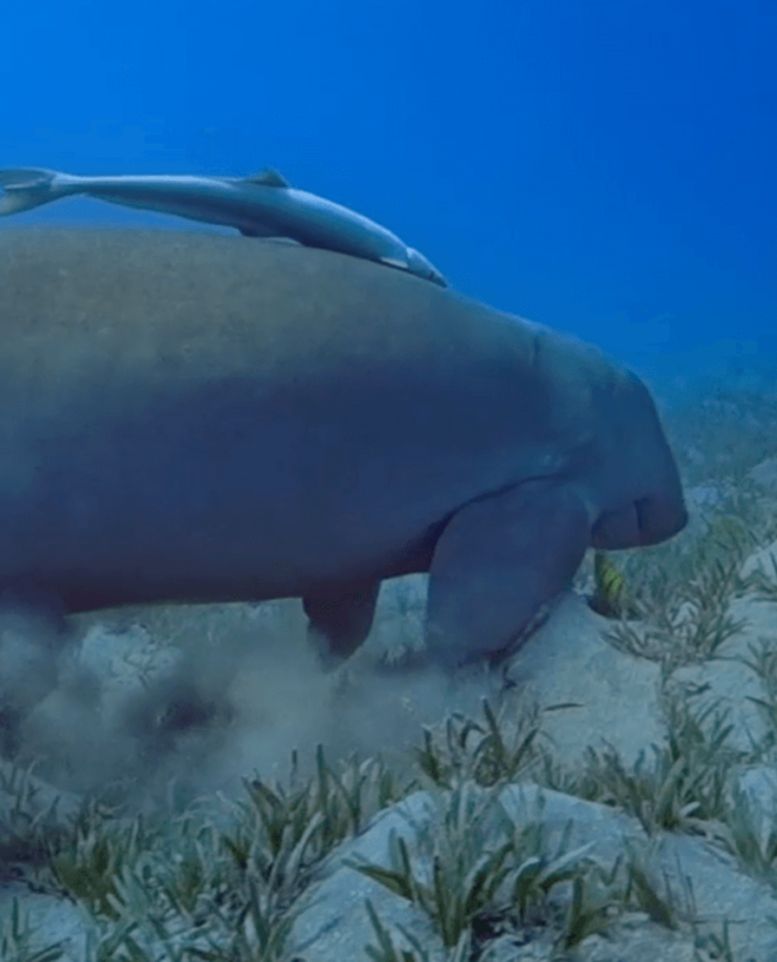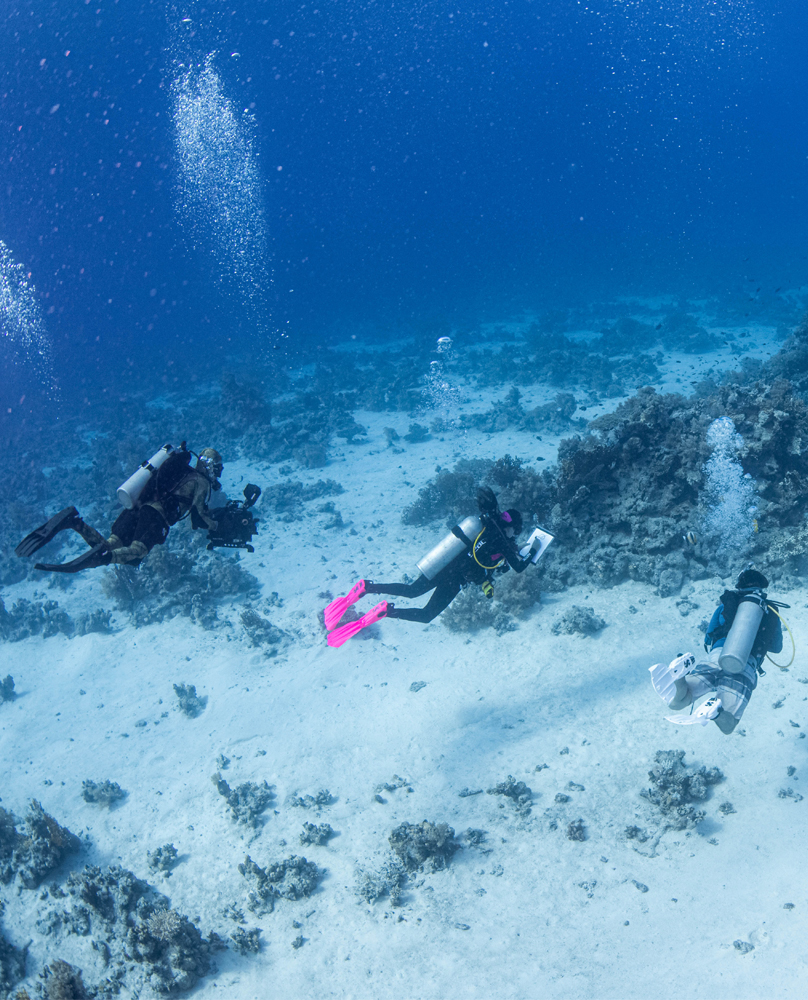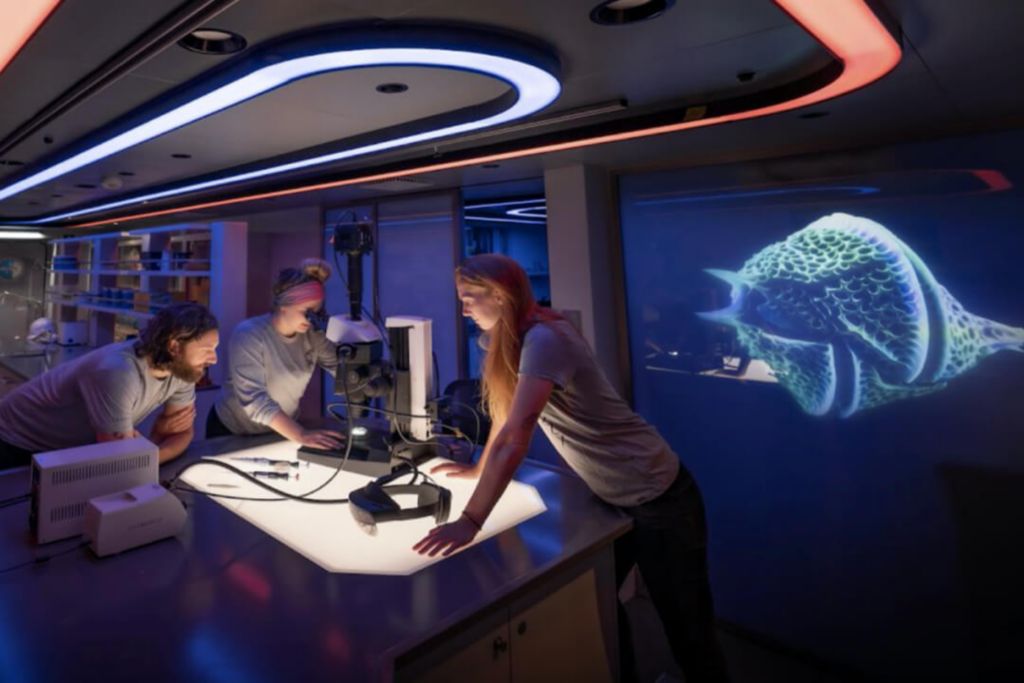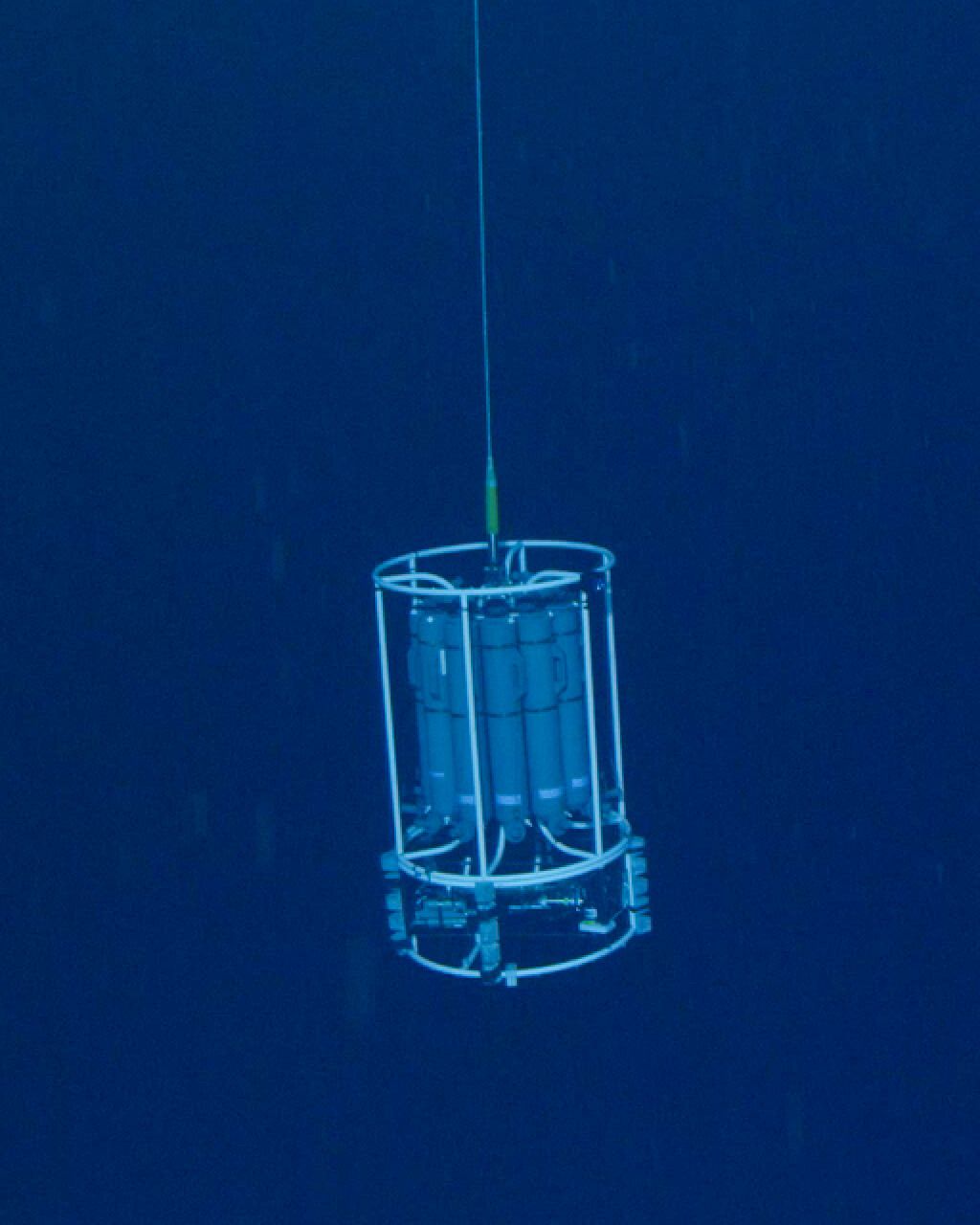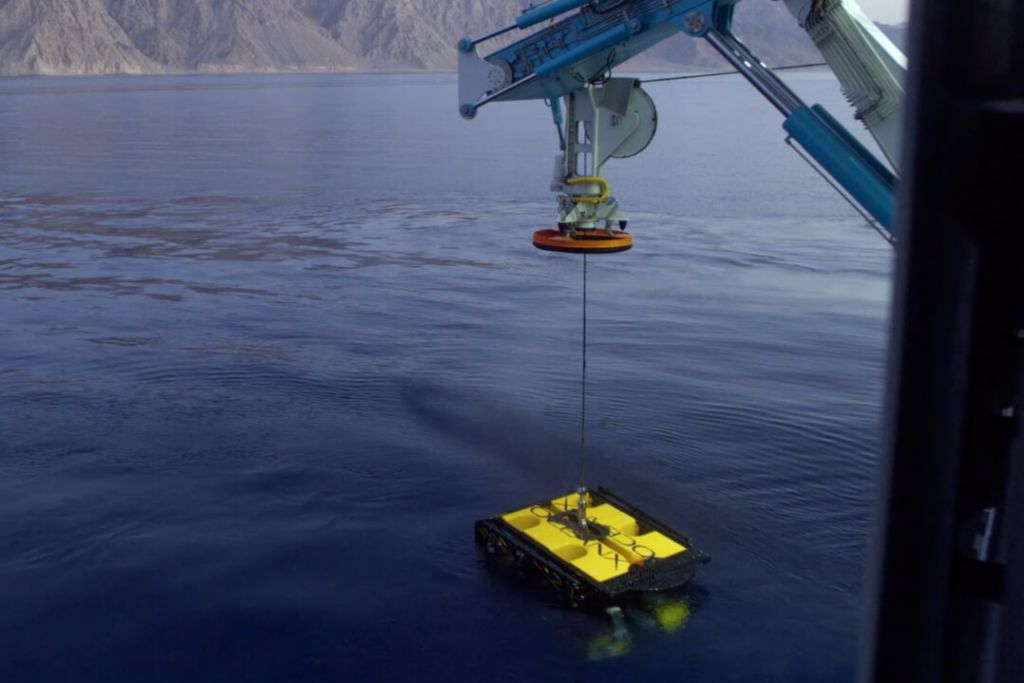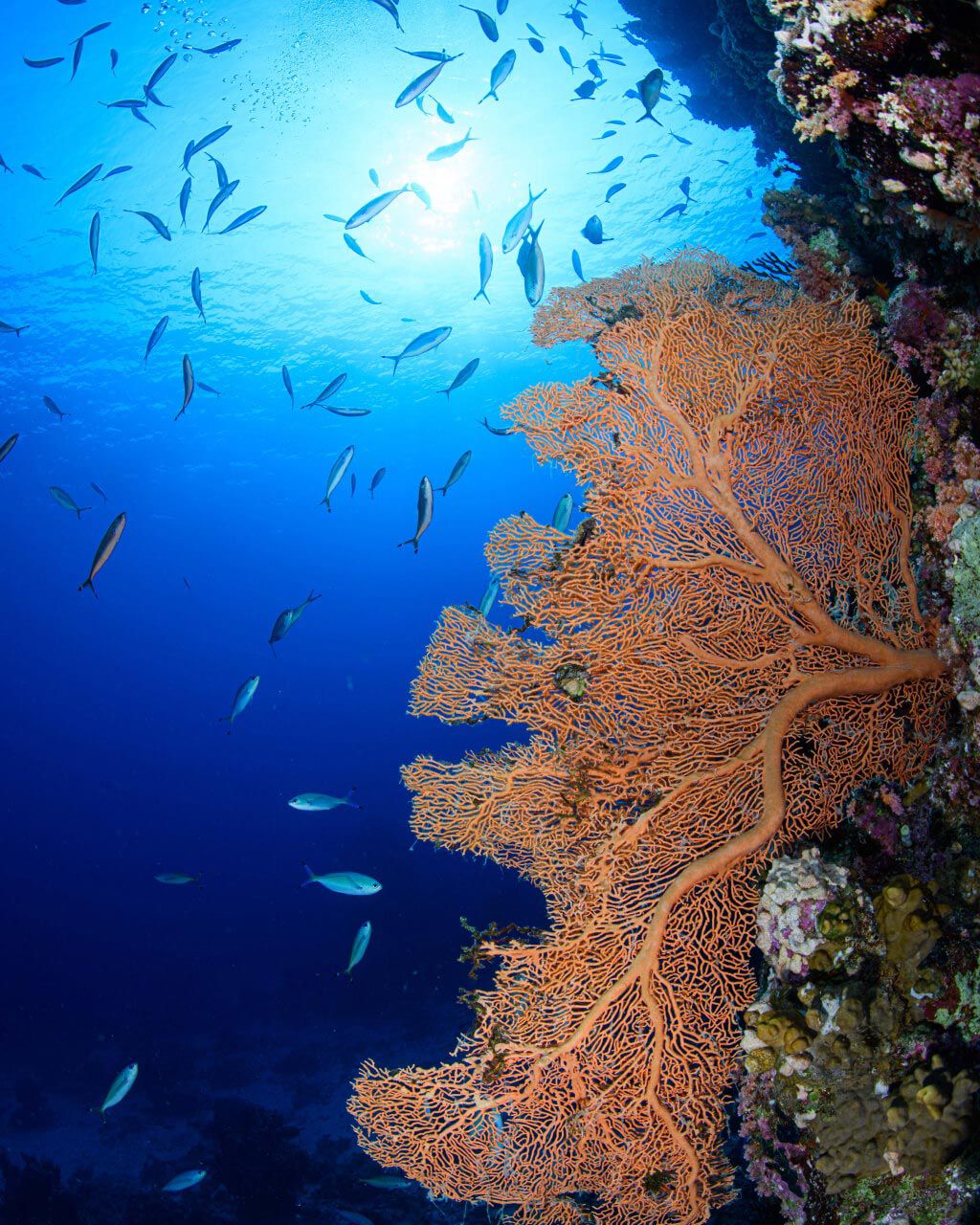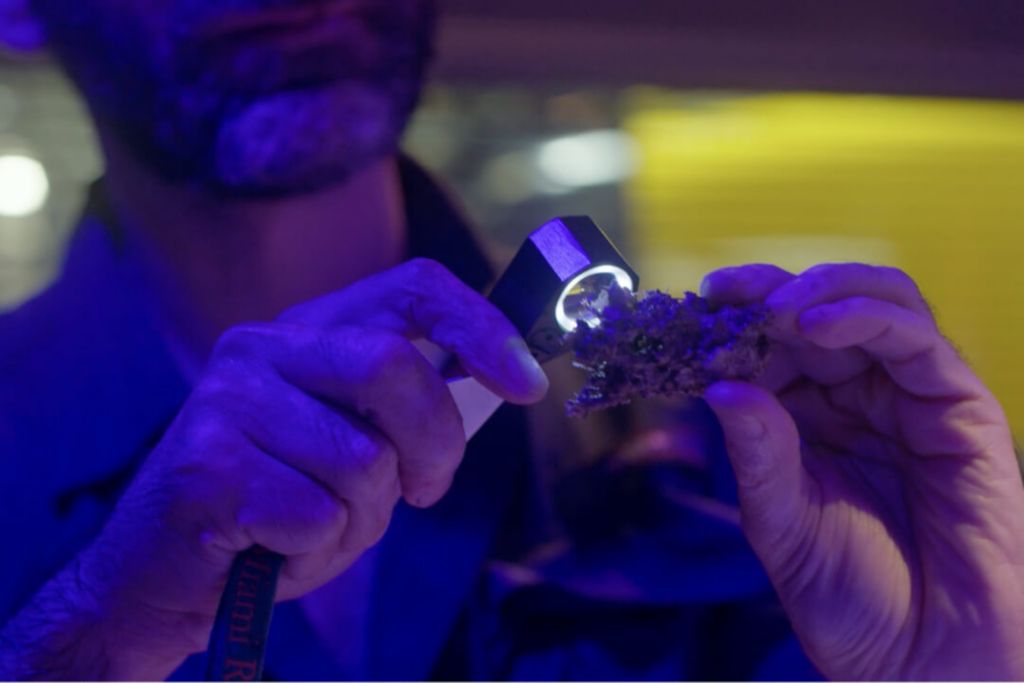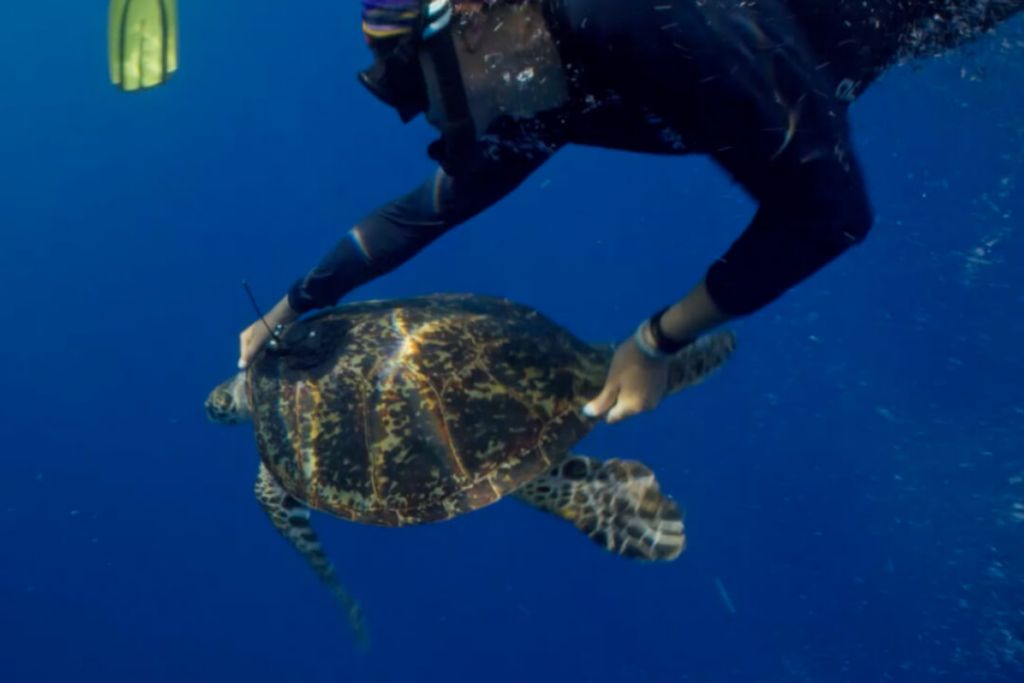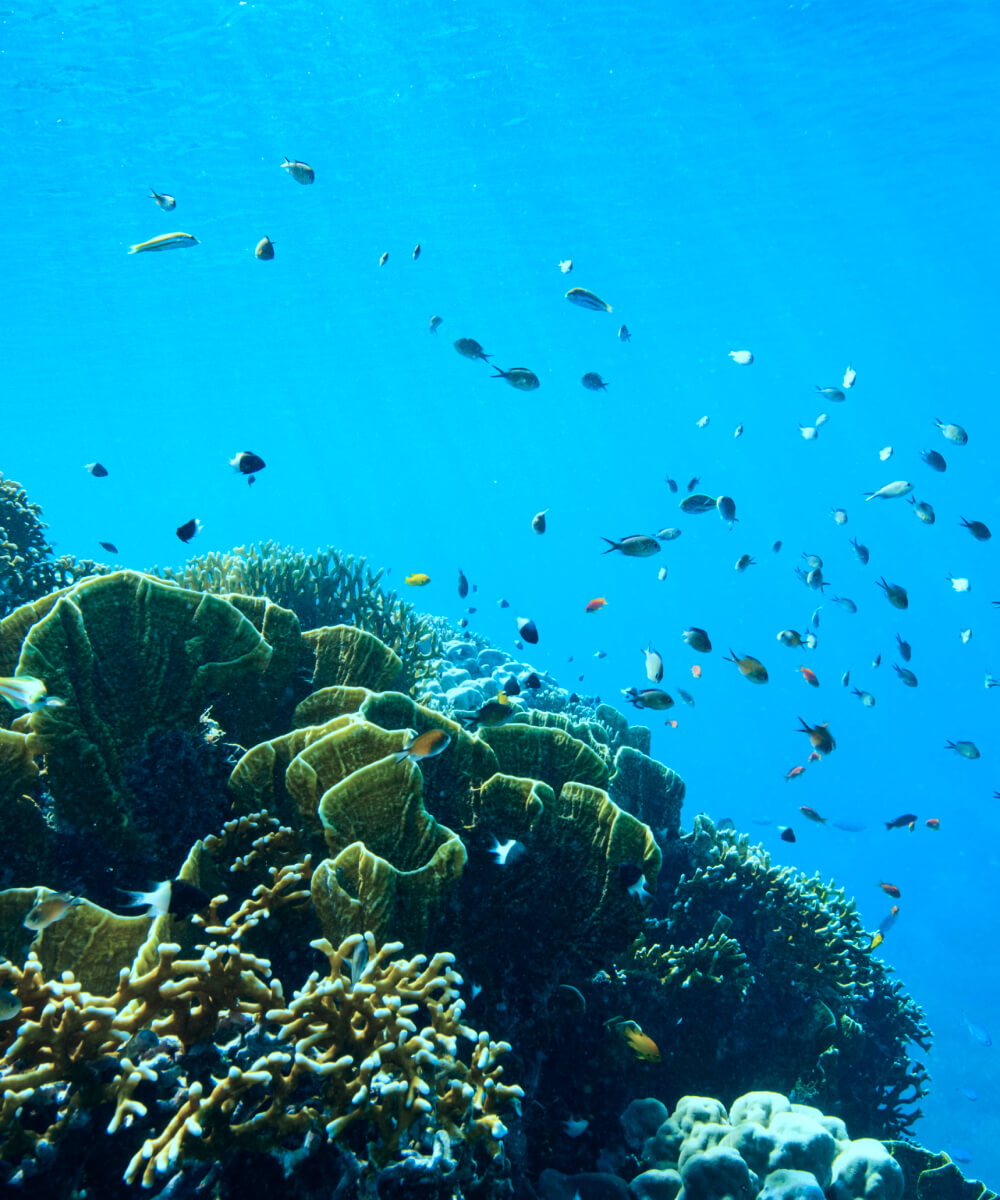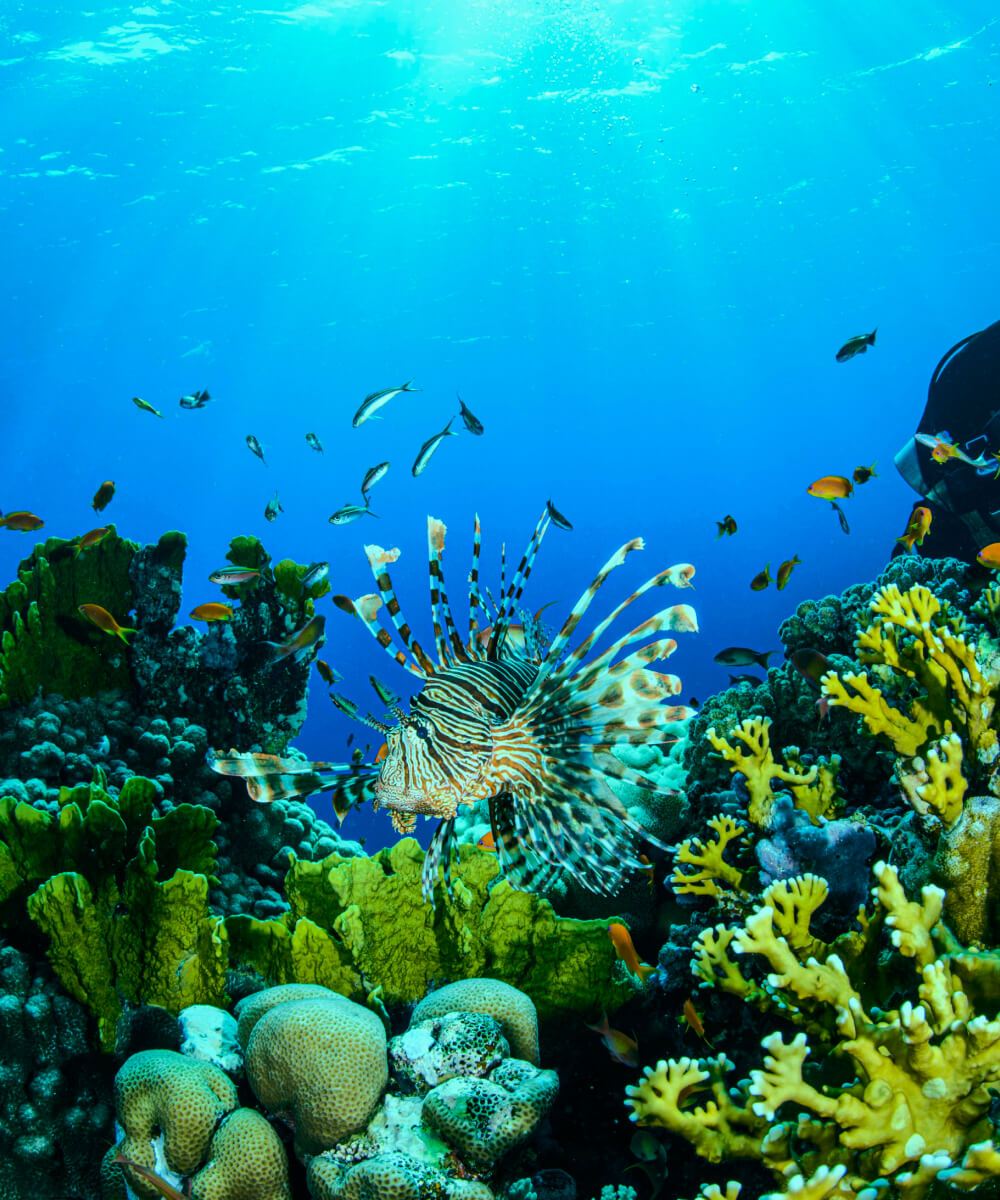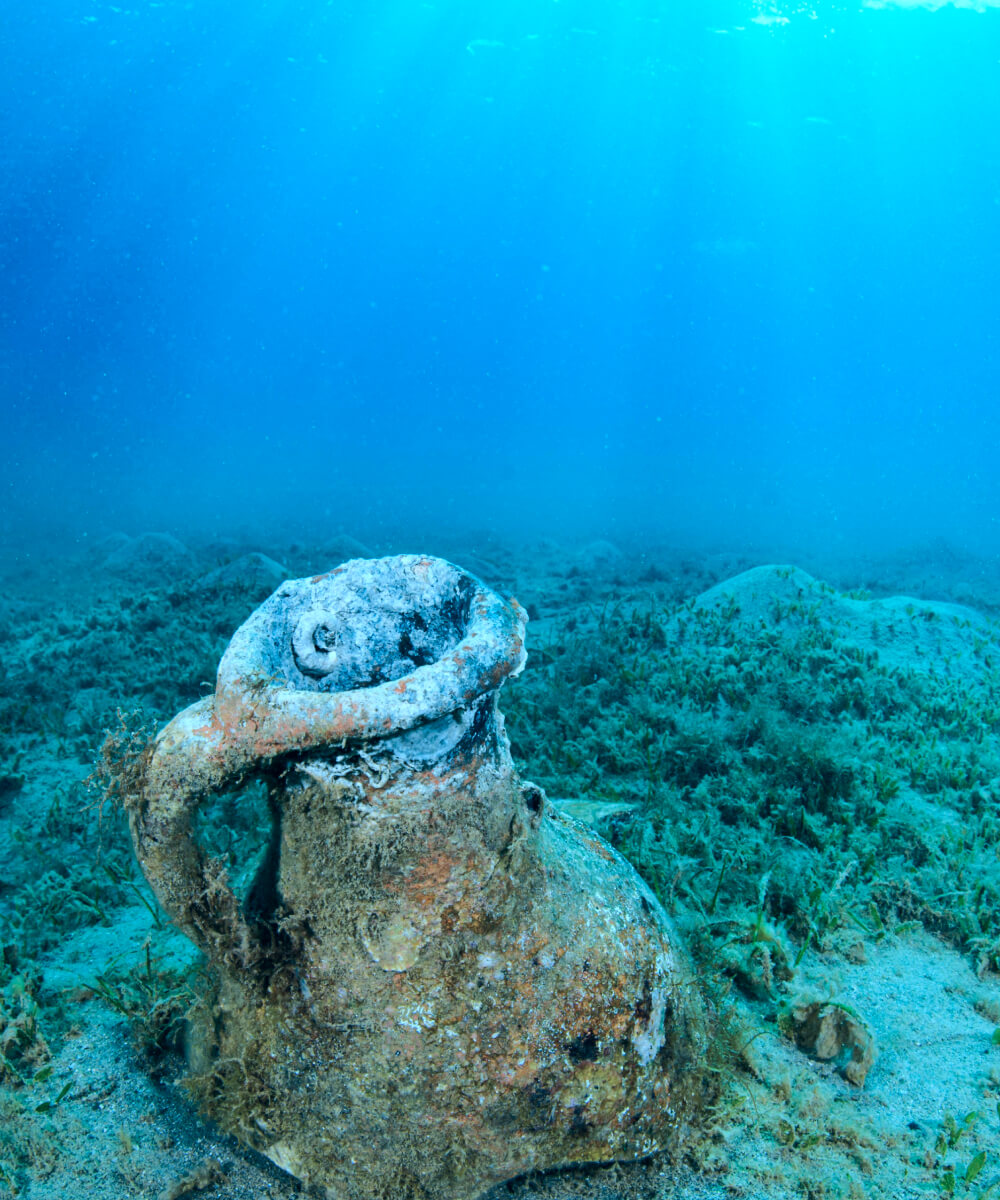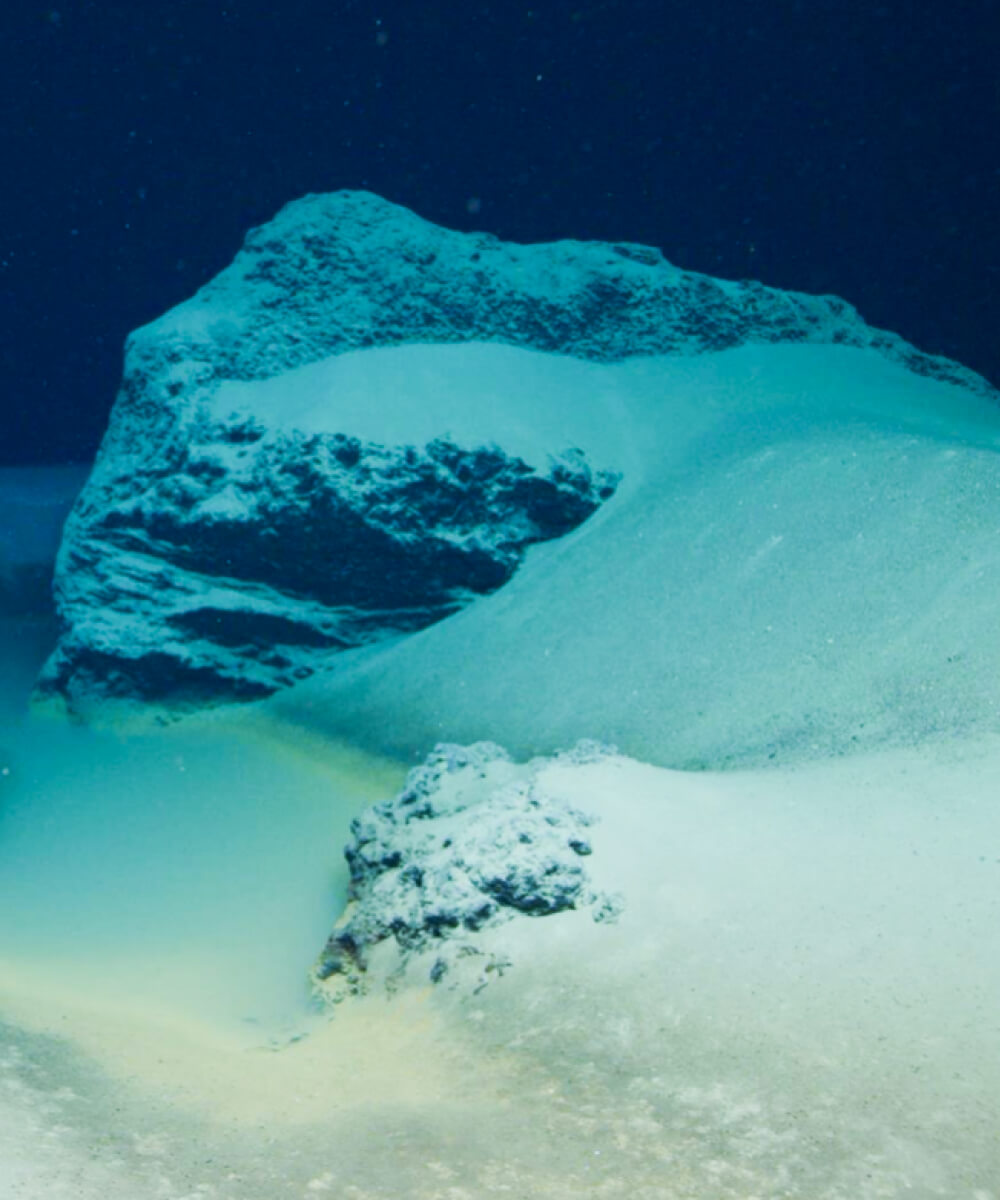Discovering new depths with OceanX
Explore the Red Sea
Beneath the surface of the Red Sea lies an unexplored world. NEOM and OceanX embarked on a mission to learn more about life in the ocean’s depths. Over six weeks, 30 world-renowned experts carried out pioneering work in the deep sea and shallow reefs - focused on oceanography, mapping and genetics. Their groundbreaking discoveries will lay the foundations for NEOM’s ambitious conservation program. This will protect the incredible biodiversity for generations to come.
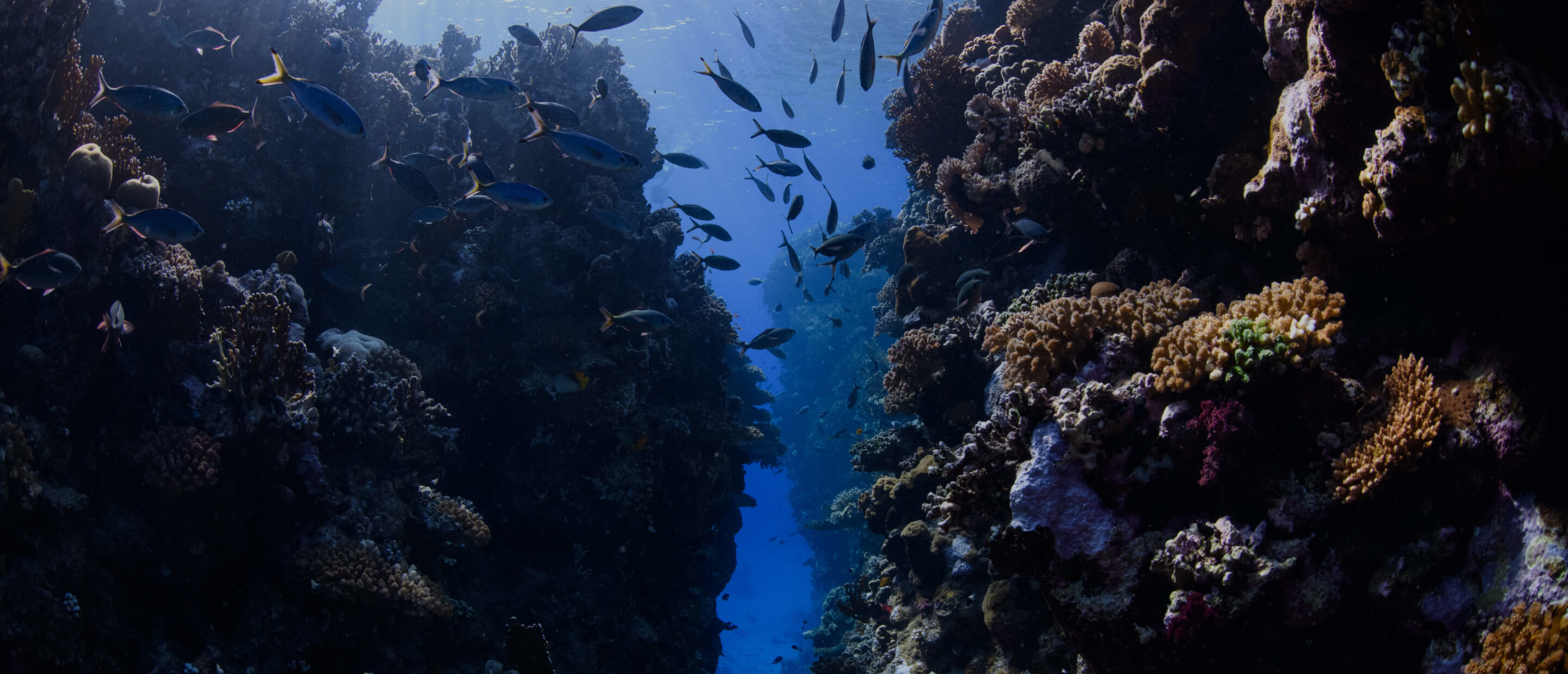
-
1,100 hrs
of diving surveys
-
30
scientists
-
42
expedition days
-
8
new species
-
960 hrs
of underwater research
-
341
identified fish species
Undersea exploration
DIVE IN
Mapping more than 1,500km2 and capturing over 535 hours of footage, this mission documented a stunning underwater world - by way of 9 episodes featuring world-first exploration of the northern Red Sea.
Exploring
the unexplored
Preserving the extraordinary
biodiversity of the Red Sea
Notable Discoveries
-
Mystery squid
Two sightings of a mystery squid caught on camera -
Sealife
8 new species recorded and more than 600km2 of biodiverse habitats discovered -
Brine Pool
Discovery of the world's most northern deep-sea brine pool -
Ocean pinnacle
Discovery of a 635m high ocean pinnacle—taller than most of the world’s buildings -
Fish Biodiversity
Identification of 341 fish species, 68 that are endemic and 18 that are globally threatened
Expedition rundown
24/7
Exploration
With such a large body of water to cover, scientists on the 6-week expedition worked around the clock to discover every secret lying beneath the depths.
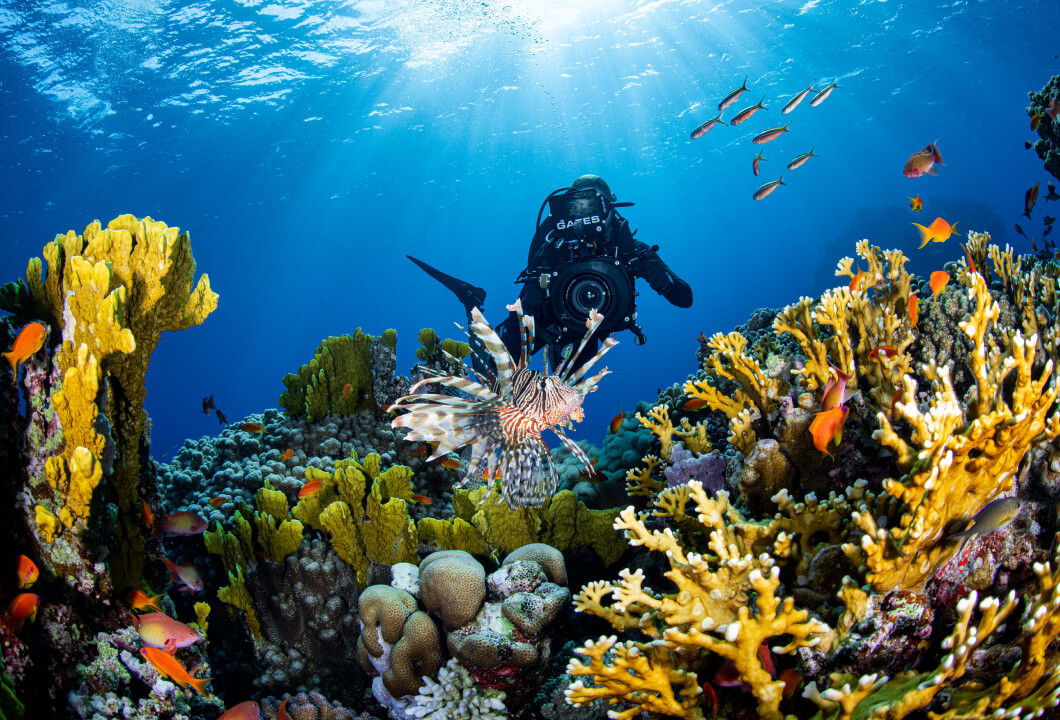
In the day
At night
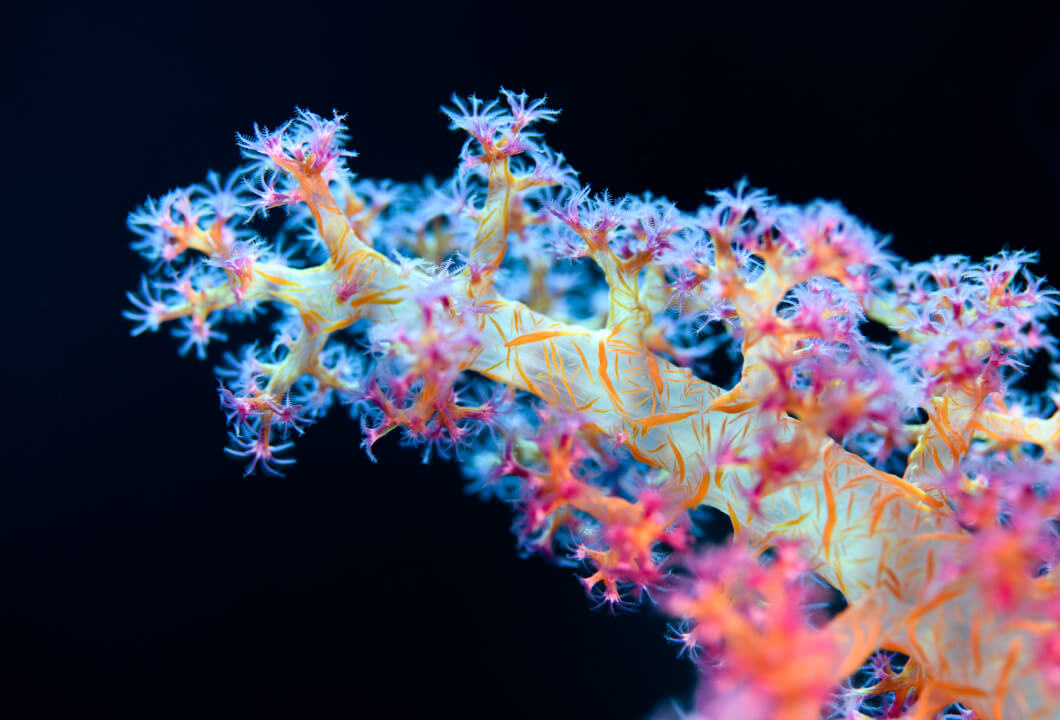
Explore the gallery
Discover
the Red Sea
The Red Sea is untouched and one of the planet’s final frontiers. Located between Asia and Africa, its waters are essential to global trade and travel. Despite its rich ecosystem, the ocean bed remained largely uncharted. Until now, that is. Uncovering the secrets of the Red Sea through advanced scientific exploration could make a dramatic difference in the battle to save the world’s oceans.
The NEOM aquatic region
-
Coral
ReefsThe expedition surveyed NEOM’s coral reefs, discovering 15+ excellent dive sites. Some 1,100 hours of diving surveys revealed extensive coral reef systems throughout the Red Sea and the Gulf of Aqaba. The team witnessed healthy diversity and even discovered several new species. There was sadly some evidence of hot-water coral bleaching, due to global warming - reinforcing NEOM's mission to protect the oceans. -
MegafaunaThere were 152 sightings of megafauna across the NEOM region – including various species of shark, manta rays and turtles. The expedition resulted in the first Red Sea tagging of hawksbill sea turtles, silvertip reef sharks and whale sharks. Researchers took part in 14 dives, producing 131 hours of baited underwater video footage – in order to locate and track the sealife.
-
Underwater
EnvironmentNEOM has rich deep-sea areas, uniquely close to shore. Submersible technology helped reveal fascinating mounds formed by living coral growing on fossilized reefs, at a depth of 300m. Deep-sea coral is also home to predators such as the silvertip shark. Amazingly, the expedition recorded a giant squid while exploring a shipwreck. This was only the third time ever this species has been filmed. -
NEOM
Brine PoolThe NEOM Brine Pool is a high-salinity lake formed on the seafloor. This is thought to be one of the most accessible brine pools on the planet, due to its close proximity to the Gulf of Aqaba coastline. Located at 1.8 km below sea level, it is home to unique aquatic species - boasting its own ecosystem complete with ‘waves’ and ‘beaches’.
About OceanX
OceanX is an organization that supports scientists to explore the seas and bring the findings to the world via captivating media. Uniting leading media, science and philanthropy partners it utilizes next-generation technology, fearless exploration, compelling storytelling and immersive experiences. These activities help to educate and inspire, connecting the world with the ocean. At the same time, the organization builds a global community deeply engaged with understanding, enjoying and protecting our blue planet.
